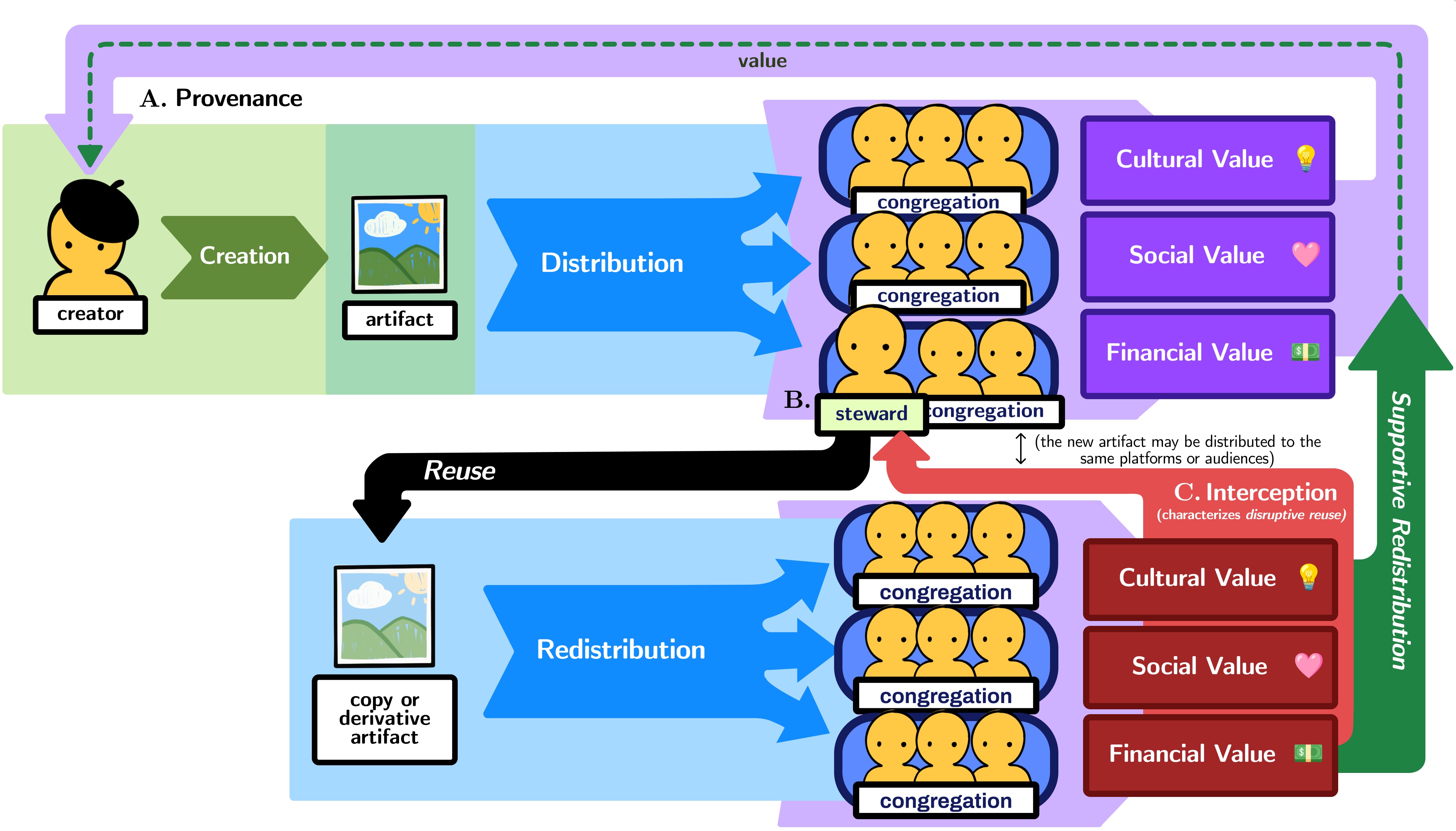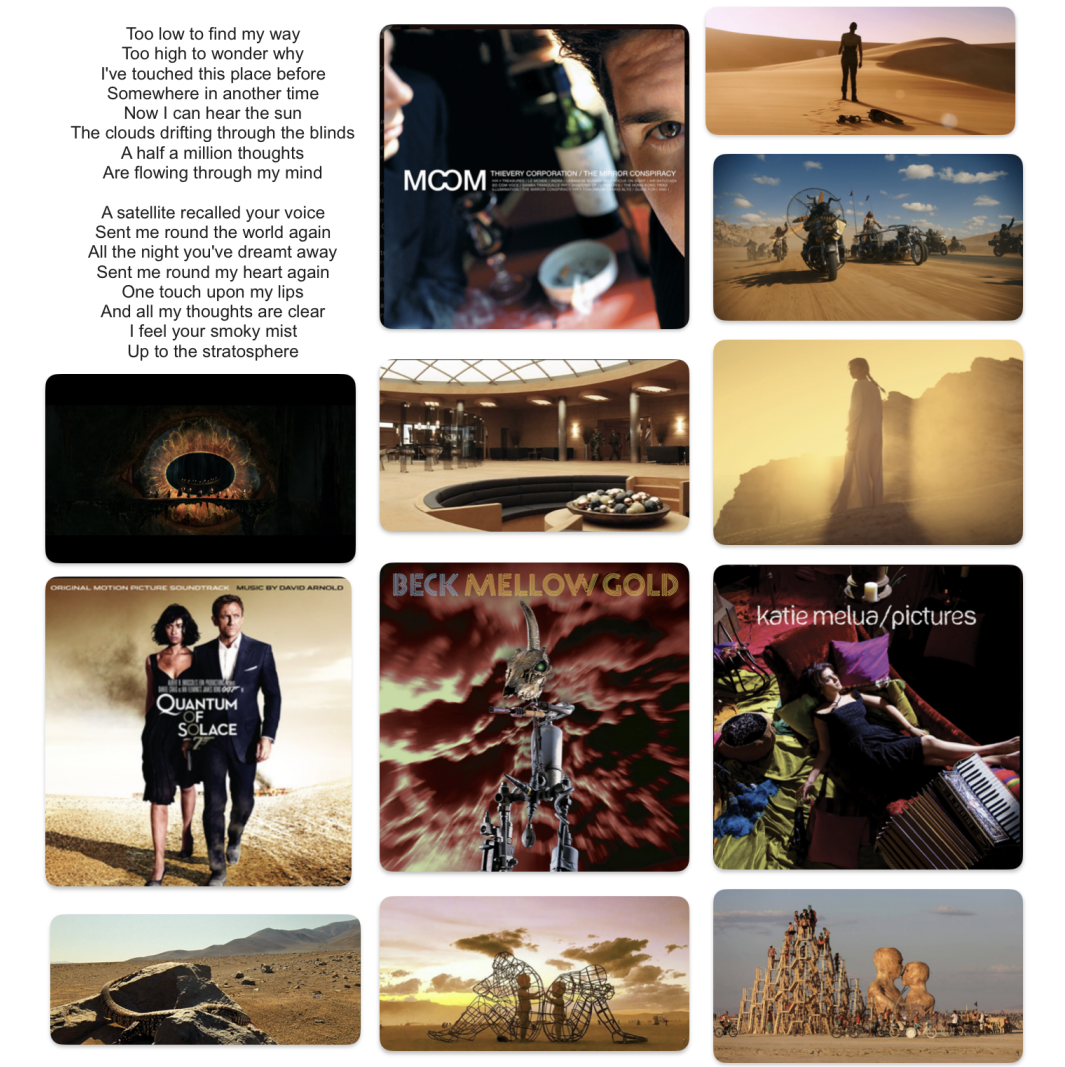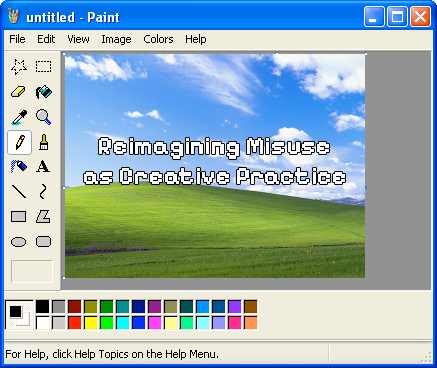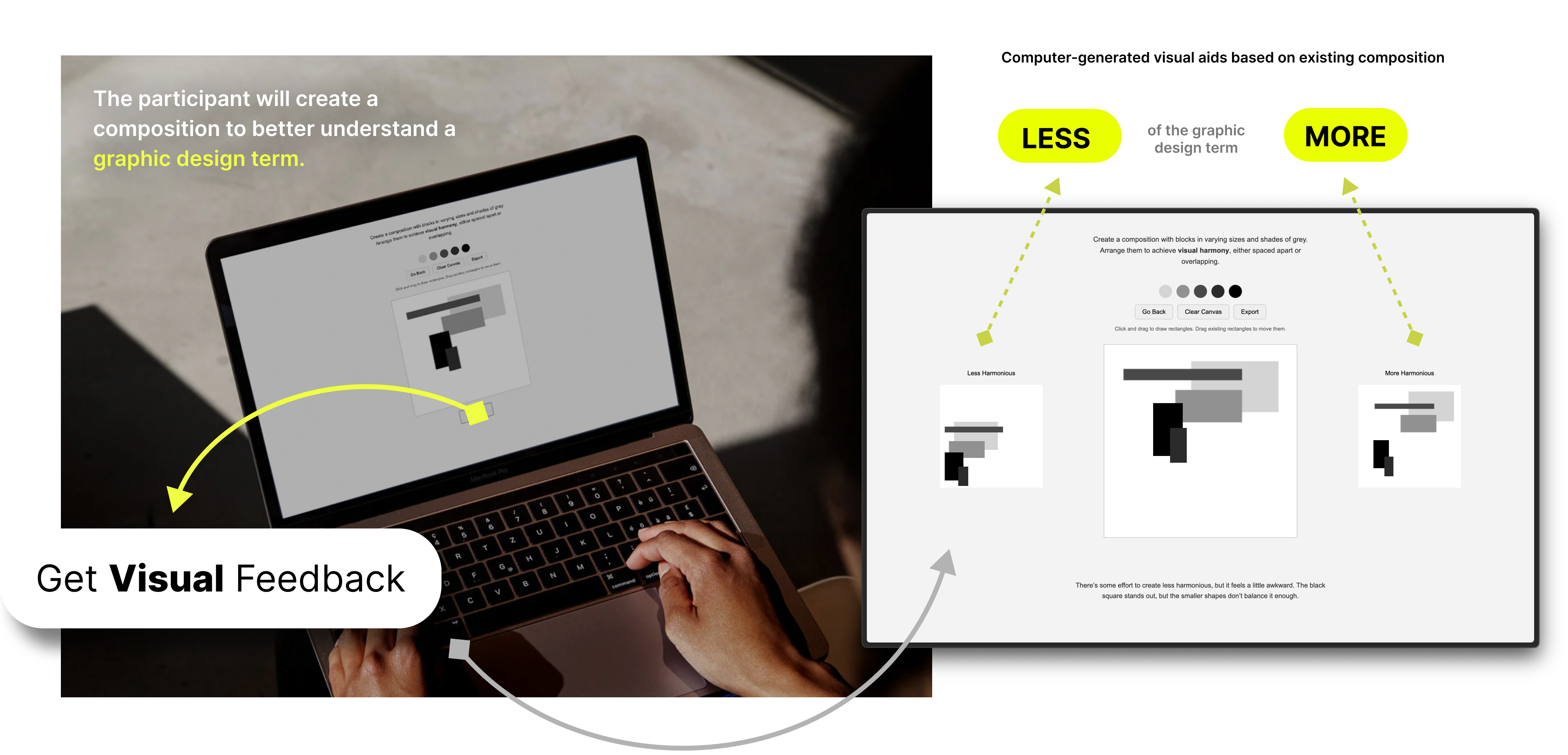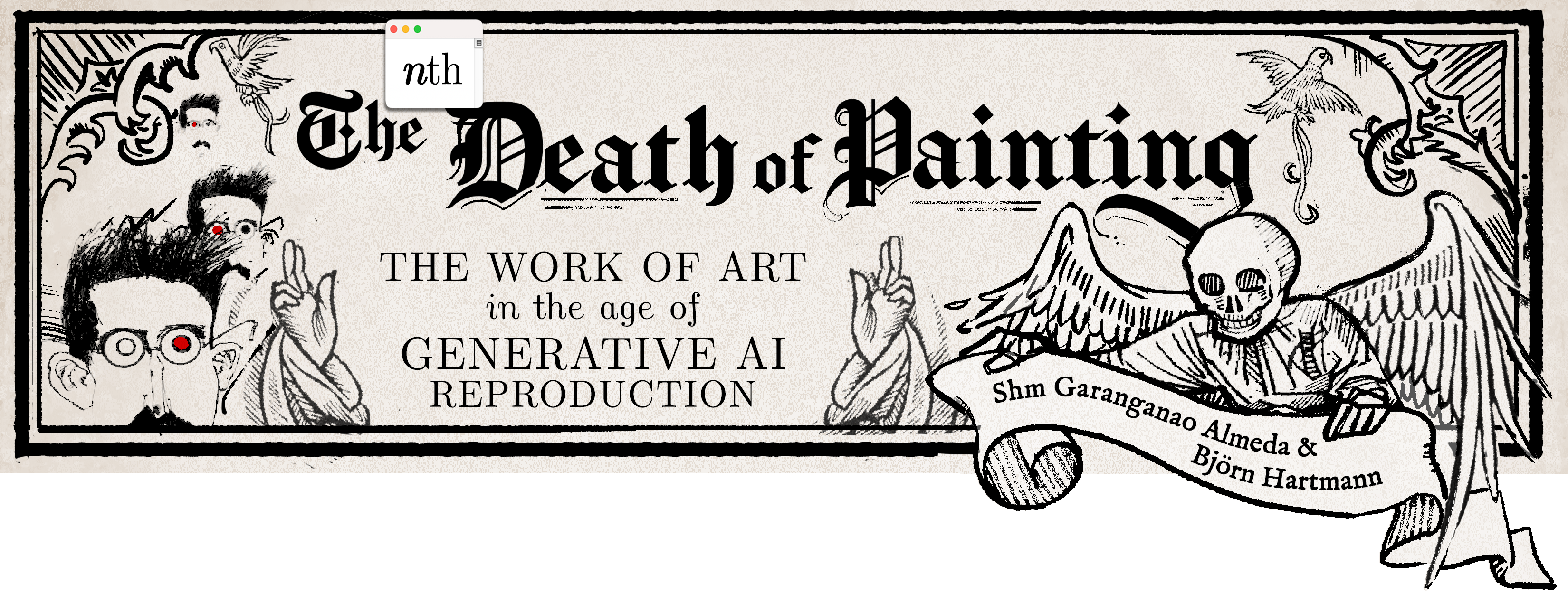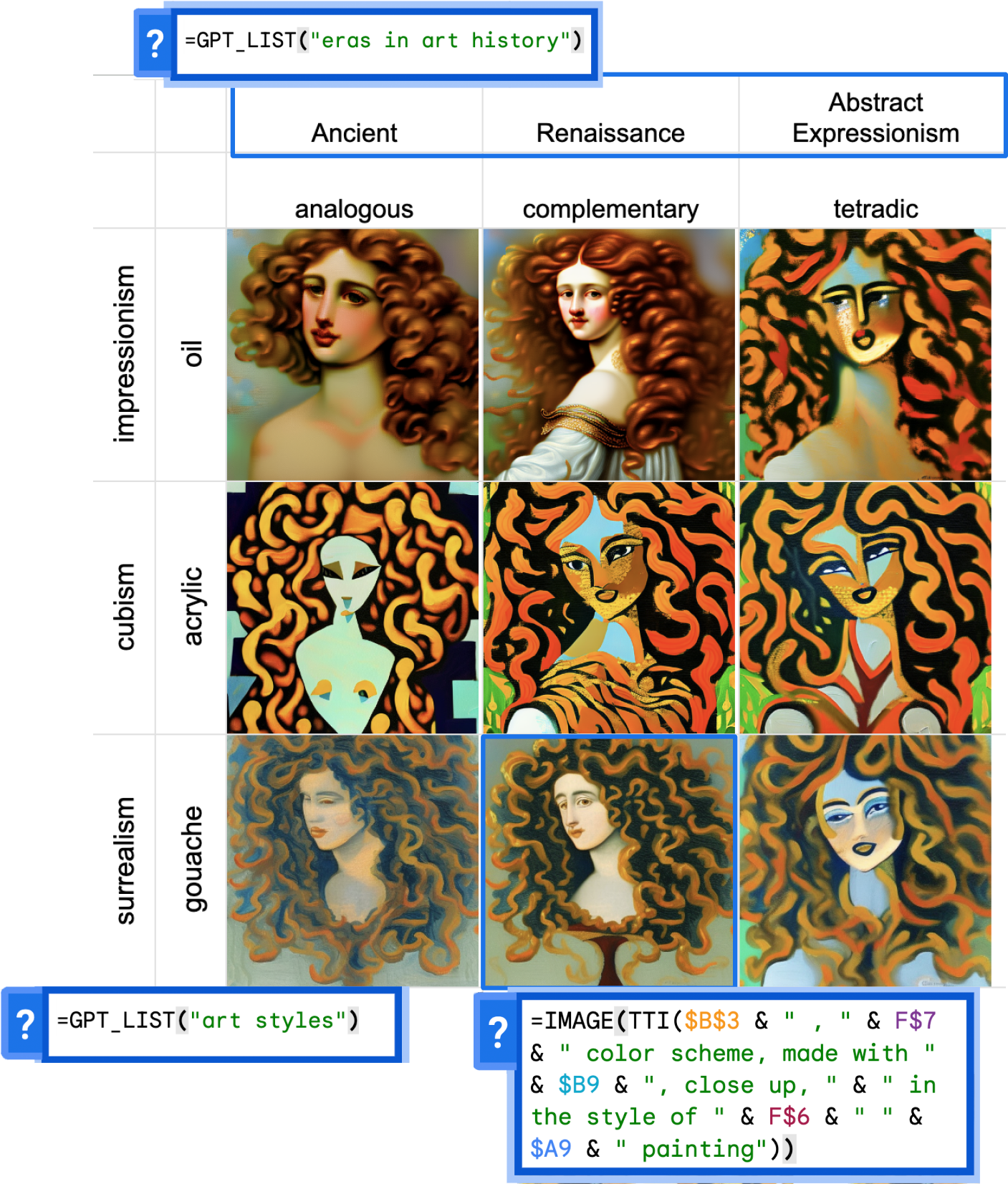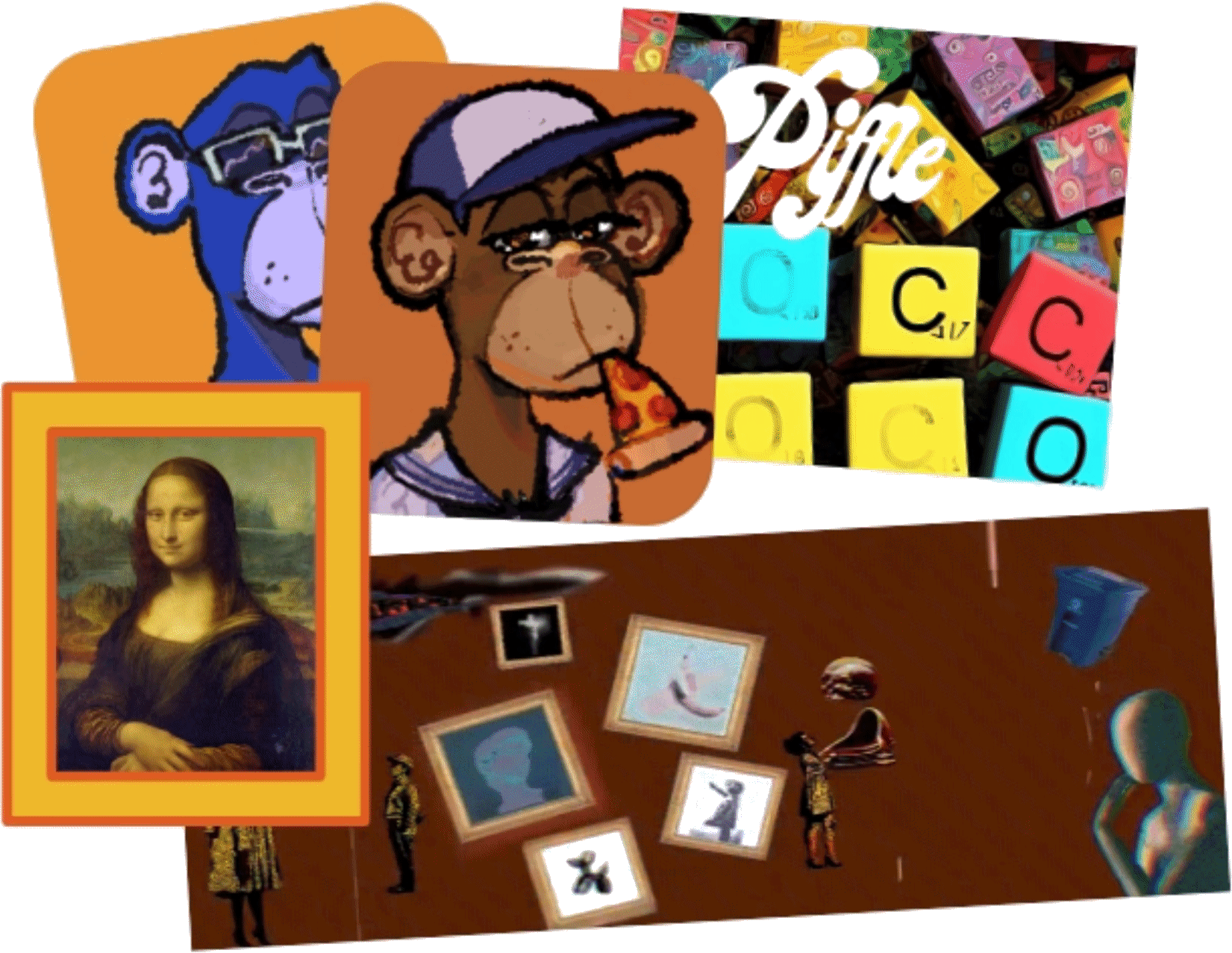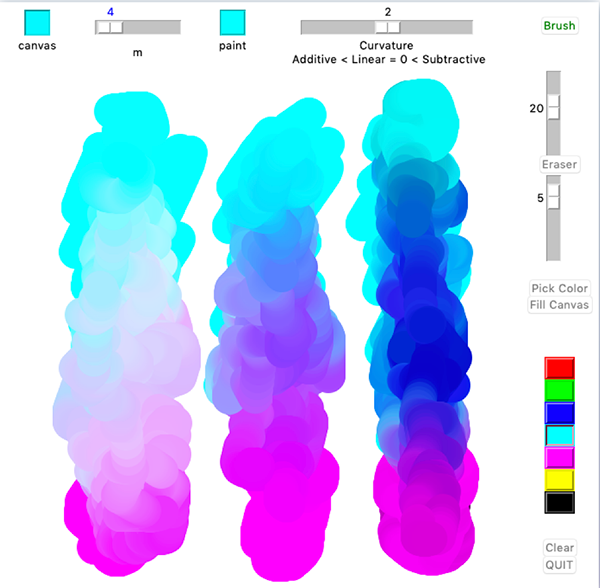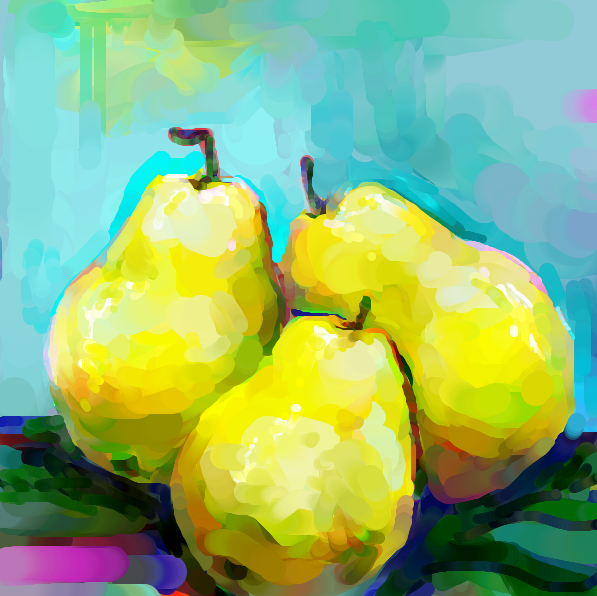I've got a full team of lovely undergraduate mentees! The only downside is not having the space to advise more at the moment.
Still, I am delighted to meet with folks interested in HCI + creativity support, especially if you are considering grad school and/or a career in research or art.
For some asynchronous advice, I wrote a blog post about getting into hci research, and how it's basically like getting into hyperpop.
here is my semi-frequently updated collection of cool projects and people that I often share.
I'm dreaming of collaborating with more students and researchers studying art-history (especially those with interest in combining art history + data science + interaction design...) If that sounds like you, please reach out! :3
For some asynchronous advice, I wrote a blog post about getting into hci research, and how it's basically like getting into hyperpop.
here is my semi-frequently updated collection of cool projects and people that I often share.
I'm dreaming of collaborating with more students and researchers studying art-history (especially those with interest in combining art history + data science + interaction design...) If that sounds like you, please reach out! :3


